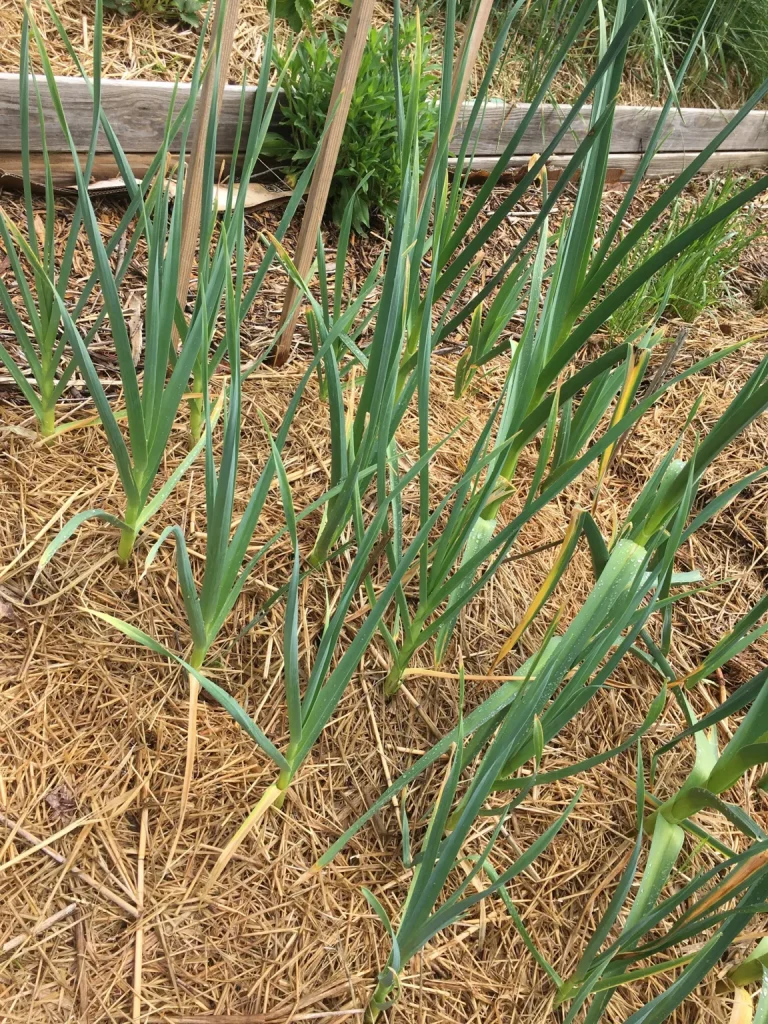Welcome to the spicy, thrilling, and sometimes tear-jerking adventure of onion farming in Kenya! If you thought growing onions was just about tossing seeds in the dirt and waiting for magic to happen, think again. Onion farming in Kenya is a rollercoaster of rewards and risks, where farmers battle nature, pests, and market swings to bring those pungent bulbs to your kitchen. Whether you’re a seasoned farmer or just curious about onion farming in Kenya, this blog will dive into the challenges that make this venture both exciting and daunting. From unpredictable rains to sneaky pests, we’ll uncover the risks of onion farming in Kenya with a dash of humor and plenty of practical tips. So, grab a tissue (for the onion tears, of course) and let’s explore the wild side of onion farming in Kenya!

TYPES OF RISKS IN ONION FARMING IN KENYA
1. ENVIRONMENTAL RISKS
- Kenya’s weather can be as moody as a teenager, and onion farming in Kenya takes the brunt of it. Onions love cool nights and warm days (15-25°C), but Kenya’s climate can swing from torrential rains to scorching droughts. Too much rain? Your onions might drown in waterlogged soil, leading to bulb rot or fungal diseases like Downy Mildew. Too little rain? Stunted bulbs and pitiful yields.
- Fun Fix: Embrace drip irrigation! It’s like giving your onions a steady IV drip of water—consistent, controlled, and way less drama than overhead sprinklers, which can invite fungal diseases. Companies like Onion Doctor offer affordable drip kits to keep your onions hydrated without the flood. Plus, try planting during the short rains (October-December) to avoid the worst of the flood.

2. PEST AND DISEASES RISK
Onions might make you cry, but pests and diseases make farmers weep. Onion farming in Kenya faces a gallery of critters and fungi that can destroy crops faster than you can say “purple blotch.” Common culprits include:
- Thrips: These tiny insects are like the ninjas of the pest world, sucking the life out of onion leaves and stunting growth.
- Onion Maggots: These creepy crawlies burrow into bulbs, turning your onions into mush.
- Downy Mildew: This fuzzy, grayish-white fungus loves wet conditions and can collapse your onion leaves like a bad soufflé.
- Purple Blotch: Water-soaked lesions turn into brown-purple spots, ruining your crop’s vibe.
Fun Fix: Channel your inner pest-control superhero! Use High quality seedlings from companies like Onion Doctor to reduce disease risks. Scout your fields weekly for signs of trouble, and apply recommended pesticides l for thrips or . Crop rotation and field hygiene also keep these villains at Bay.

3. MARKET RISKS
- The market for onions in Kenya is like a soap opera—full of highs, lows, and unexpected plot twists. Prices can swing wildly, from KES 15 per kg in low-demand seasons to KES 80 per kg when demand peaks in December. Imports from Tanzania and unpredictable weather add to the chaos, making it hard for farmers to predict profits.
- Fun Fix: Timing is everything! Plant in August or September to harvest in December when demand (and prices) soar. Store your onions properly—dry them in the sun and keep them in a cool, ventilated space—to ride out low-price periods. And why not add some flair with value addition? Think dried onion flakes or onion powder for a premium price. Connect with local markets like Wakulima Market or even export to East African neighbors for extra cash flow.

4. WEED RISK
- Onions have weak root systems, so weeds are like that annoying neighbor who steals your Wi-Fi—they hog nutrients and water, leaving your onions starving. Weeds can reduce yields by up to 40% if left unchecked.
- Fun Fix: Fight back with flair! Use organic mulching (straw or leaves) to smother weeds like a cozy blanket. Drip irrigation also helps by delivering water only to your onions, not the weeds. And if you’re feeling extra feisty, grab a hoe and de-weed manually—it’s like a workout and therapy in one! For chemical control, selective herbicides from trusted brands can keep your farm weed-free without harming your onions.

Contact us for: Onion seedlings, Garlic seedlings, Germinated garlic cloves, Farm planning services, Soil testing, training on onion and garlic growing, Drip irrigation installation and maintenance, Agronomic support, Onion and Garlic value pack and Farm management. For free consultation, placing orders or booking a visit with an agronomist, please contact us via Call or what’s app +254703982228, Email: Info@oniondoctor.co.ke. You can also check out our social media handles for daily updates on TikTok: https://www.tiktok.com/@oniondoctorke?_t=ZM-8wmsTu0qumO&_r=1 Instagram: https://www.instagram.com/oniondoctorke?igsh=MTVoaHF3aWUydTJzaQ==Facebook:https://www.facebook.com/share/16SwgYn2dG/ Youtube:https://youtube.com/@oniondoctorke?si=u5Jnd-r0qU9UDYqL and Twitter: https://x.com/OnionDoctorKe?t=FR3JXlS_oN1vjjUgAtfyzg&s=09